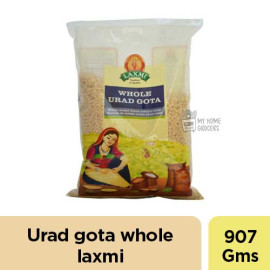Dussehra and Celebrations in the US
It’s almost the end of September and the festival season is soon to begin. October is an auspicious month for all the Indians as they celebrate the onset of the Navratri. Navratri is a ten day long festival celebration that marks the event of goodwill and achievement. Dussehra is the final day that marks the conclusion of the ten day long festival.
Dussehra
Different parts of India celebrate Dusshera for different reasons. In certain parts of India, it is celebrated to mark the death of the demon Mahishasura by Goddess Durga to protect Dharma. On this occasion, people worship Goddess Durga for nine long days and offer prayers and solemn vows. In other parts of India, Dussehra is celebrated to mark the death of the most powerful rakshasa called Ravan in the hands of Lord Rama. As a commemoration, people perform an even called “Ramlila” where statues believed to be a form of Ravana, are burnt to depict the success of Rama over Ravan. In the remaining parts of the country, Dusshera is also observed as the victory of the warrior Arjuna, defeating all the Kuru Vamsa warriors to protect Dharma over Adharma.
Celebrations in the USA
The whole of America almost is now aware of the seasonal happenings and celebrations other than just Christmas time. A lot of Non-Indians celebrate Indian festivals due to the fact that Indians always follow their culture wherever they go. Likewise, Dussehra is celebrated by Indians there in the US with no difference to the celebrations in their native country. Bhakts and worshippers stop consuming non vegetarian, garlic and onion through the 10 days, depending on their ancestral tradition of fasting, to show respect or devotion towards Goddess Durga. Each day has specificity and significance that is followed by all the Indian people throughout the globe during Dussehra. These days are called Navratris.
Navratri
Navratri commences on the 26th of September, 2022. It is a 9 night, 10 day long festival in which each day is allotted to worship each avatar of Goddess Durga.
Day1 or Prathipadha: On the first day, people worship Goddess Parvati, the wife of Lord Shiva. Parvati is seen holding a Trishul and a lotus. Each day has a different color and red remains the color of the first day of Navratri.
Day 2 or Dwitiya Dina: On this day, Goddess Sati or the Brahmacharini is worshipped. Sati symbolizes peace and prosperity. Blue remains to be the color of the day as it is a symbol of peace and composure.
Day 3 or Tritiya Dina: Chandraghanta or the moon possessed woman is worshipped on this day. This is a symbol of beauty and bravery. The color code of the third day is yellow.
Day 4 or the Chathurtha: On day 4, Kusumanda Goddess is worshipped and is said to be the creator of the universe. The color on this day is green.
Day 5 or Pacha Dina: On this day, Skandamatha- mother of Karthikeya is worshipped. Grey is the color of Pancha dina.
Day 6 or Shashti din: Goddess Skandamatha is worshipped as a symbol of power and achievement. This is the most furious form of Durga.
Day 7 or Saptami: Kalayatri, the Goddess of dark skin complexion who has let go of her color to fight rakshasas. White is regarded as the color of day 7.
Day 8 or Ashtami Dina: Gauri mata or Maha Gauri is worshipped on this day. Pink is the color of Gauri mata. The name depicts the complexion of the Goddess(white).
Day 9 or Navami: On Navami, Lakshmi Devi is worshipped who sits on a lotus who offers all the magical abilities and capabilities of all forms.
With Dussehra around the corner, gear up for the celebration with all the necessary requirements for puja. All goods that are necessary are available at our online store. On behalf of MHG, we wish you a Happy Dussehra, in advance! Hope the festival brings you all the power, prosperity, health, and happiness.




Leave your comment
Note: HTML is not translated!